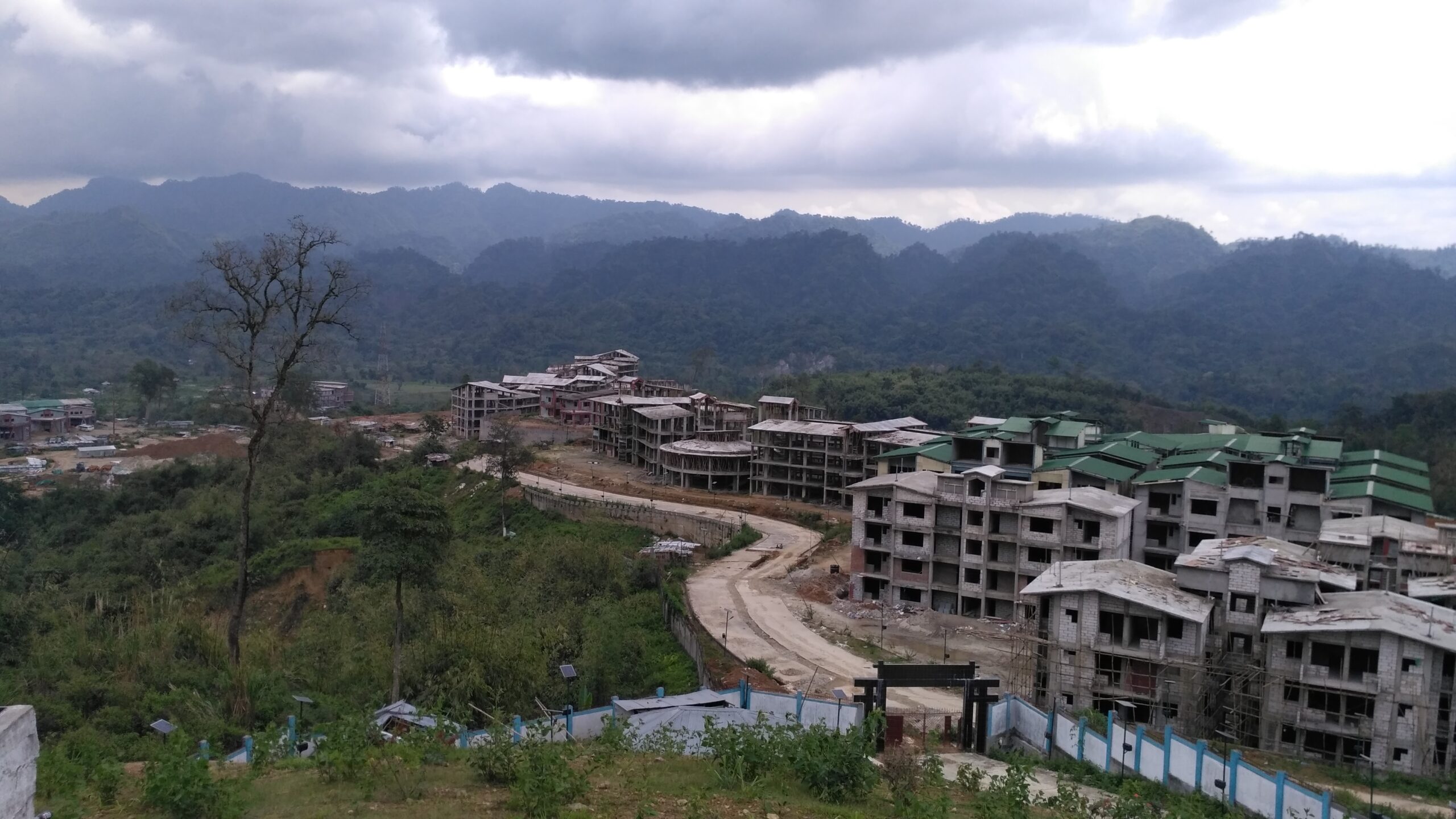Khonsa: Nestled in the picturesque landscapes of Arunachal Pradesh, Khonsa is a hidden treasure that beckons travelers with its unspoiled natural beauty, rich tribal culture, delectable cuisine, and tranquil ambiance. Known for its lush greenery, indigenous traditions, and serene atmosphere, Khonsa invites visitors to experience the enchanting blend of nature and culture. In this article, we’ll take you on a virtual journey through Khonsa, unveiling its top attractions and unique experiences.
“Embark on an adventure to Khonsa, a captivating town in the heart of Tirap district, Arunachal Pradesh. Surrounded by verdant hills and steeped in tribal heritage, Khonsa beckons with its scenic landscapes and cultural richness. Plan your visit to explore the unique traditions of the Tangsa and Wancho tribes, witness vibrant festivals, and embrace the hospitality of the region. Khonsa awaits, offering a blend of natural beauty and indigenous charm for those seeking an immersive experience in the diverse tapestry of Arunachal Pradesh.”
Places to Visit in Khonsa, Arunachal Pradesh
- Tirap Wildlife Sanctuary: Nature enthusiasts will find delight in the Tirap Wildlife Sanctuary, a haven for diverse flora and fauna. The sanctuary is home to various wildlife, including clouded leopards, hoolock gibbons, and a wide array of avian species.
- Laho Waterfall: This stunning waterfall is a serene spot for picnics and relaxation. Surrounded by lush forests, it offers a refreshing escape from the hustle and bustle of city life.
- Khonsa Museum: Immerse yourself in the rich cultural heritage of the region by exploring the Khonsa Museum. It showcases tribal artifacts, traditional costumes, and local crafts, providing insights into the local way of life.
- Wanghoo Gompa: Wanghoo Gompa is a serene Buddhist monastery that offers a tranquil environment for meditation and reflection. The monastery’s architecture and spiritual ambiance make it a place of serenity and contemplation.
- Khonsa Tribal Villages: Take the opportunity to interact with the local tribal communities, such as the Nocte and Wancho tribes. Learning about their traditions and customs is a fascinating cultural experience.
The Best Time to Visit Khonsa, Arunachal Pradesh
The best time to explore Khonsa is during the spring and summer months, from March to June, when the weather is pleasant, and the natural beauty of the region is at its peak. The monsoon season, from July to September, can bring heavy rainfall, while the winter months, from October to February, can be quite cold, particularly at higher altitudes.

Cultural Heritage and Festivals
Khonsa cherishes its cultural traditions and celebrates festivals such as Chalo Loku and Pongtu Festival with great enthusiasm. These festivals feature traditional dances, rituals, and a vibrant display of the local way of life.
Traditional Art Forms
City is known for its indigenous art forms, including intricate Thangka painting, traditional handicrafts, and handwoven textiles, all of which are integral to its cultural identity.
Culinary Delights
City’s cuisine is a delightful blend of local tribal flavors, with dishes like Thukpa, Zan, and Momos gracing the dining tables. These offerings capture the authentic and delectable tastes of the region.
Comfortable Accommodations
It offers a range of accommodations, including cozy guesthouses and small lodges, providing comfortable options for different budgets. Places like the Khonsa Tourist Lodge and the Wanghoo Guest House offer a peaceful stay amidst the natural beauty.
In conclusion, It is a hidden gem in the Eastern Himalayas, where nature’s beauty and vibrant traditions come together to create a serene and enchanting atmosphere. Whether you’re a nature enthusiast, a culture lover, a food explorer, or an adventurer, It has something special to offer. Plan your trip, explore this pristine destination, and create cherished memories in the heart of natural splendor and cultural significance.

